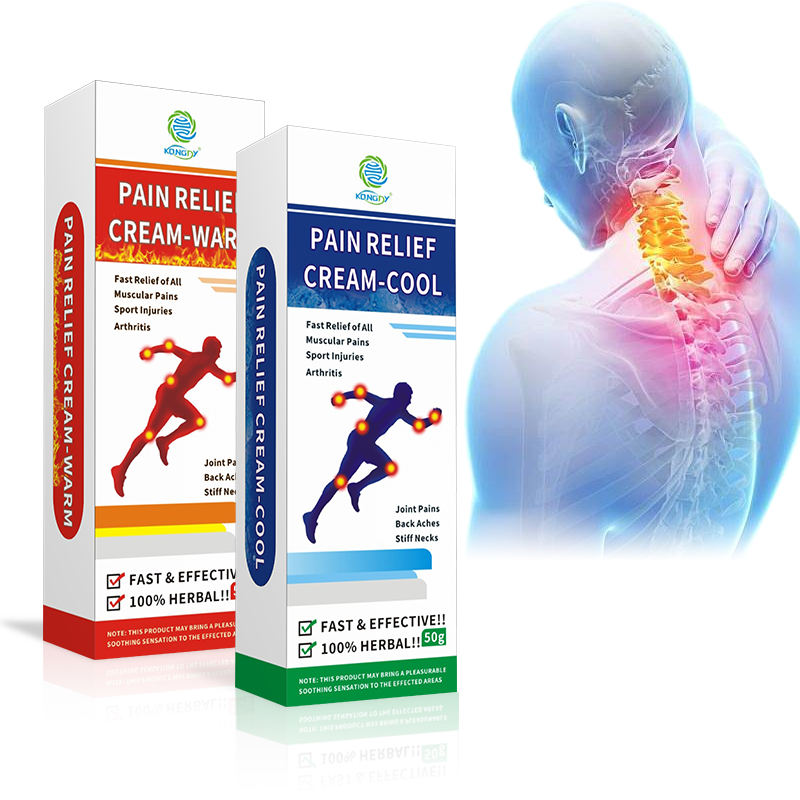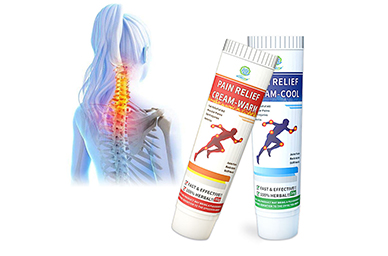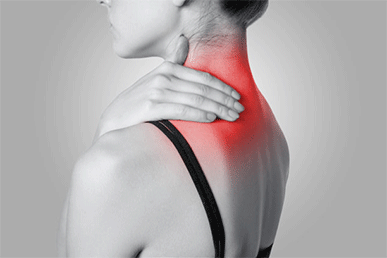Pain cream, also known as topical analgesic, is a popular over-the-counter or prescription medication used to relieve localized pain. Unlike oral painkillers, which affect the whole body, pain cream is applied directly to the skin, targeting specific areas such as sore muscles, joint pain, or arthritis.
- How Does Pain Cream Work?
Most pain creams contain active ingredients like menthol, capsaicin, lidocaine, or NSAIDs (non-steroidal anti-inflammatory drugs). These ingredients work by:
Blocking pain signals (e.g., lidocaine numbs nerve endings).
Reducing inflammation (e.g., diclofenac gel decreases swelling).
Increasing blood flow (e.g., capsaicin warms the area, easing stiffness).

- Common Uses of Pain Cream
Muscle and joint pain (backaches, sprains, arthritis).
Neuropathic pain (sciatica, diabetic nerve pain).
Post-workout soreness (athletes often use menthol-based creams).
- Is Pain Cream Safe?
Generally, pain creams have fewer side effects than oral medications since they don’t pass through the digestive system. However, some people may experience skin irritation or allergic reactions. Always follow dosage instructions and consult a doctor if pain persists.
Pain cream is a convenient, effective solution for targeted pain relief. Whether you’re dealing with chronic discomfort or temporary soreness, the right pain cream can make a significant difference.






